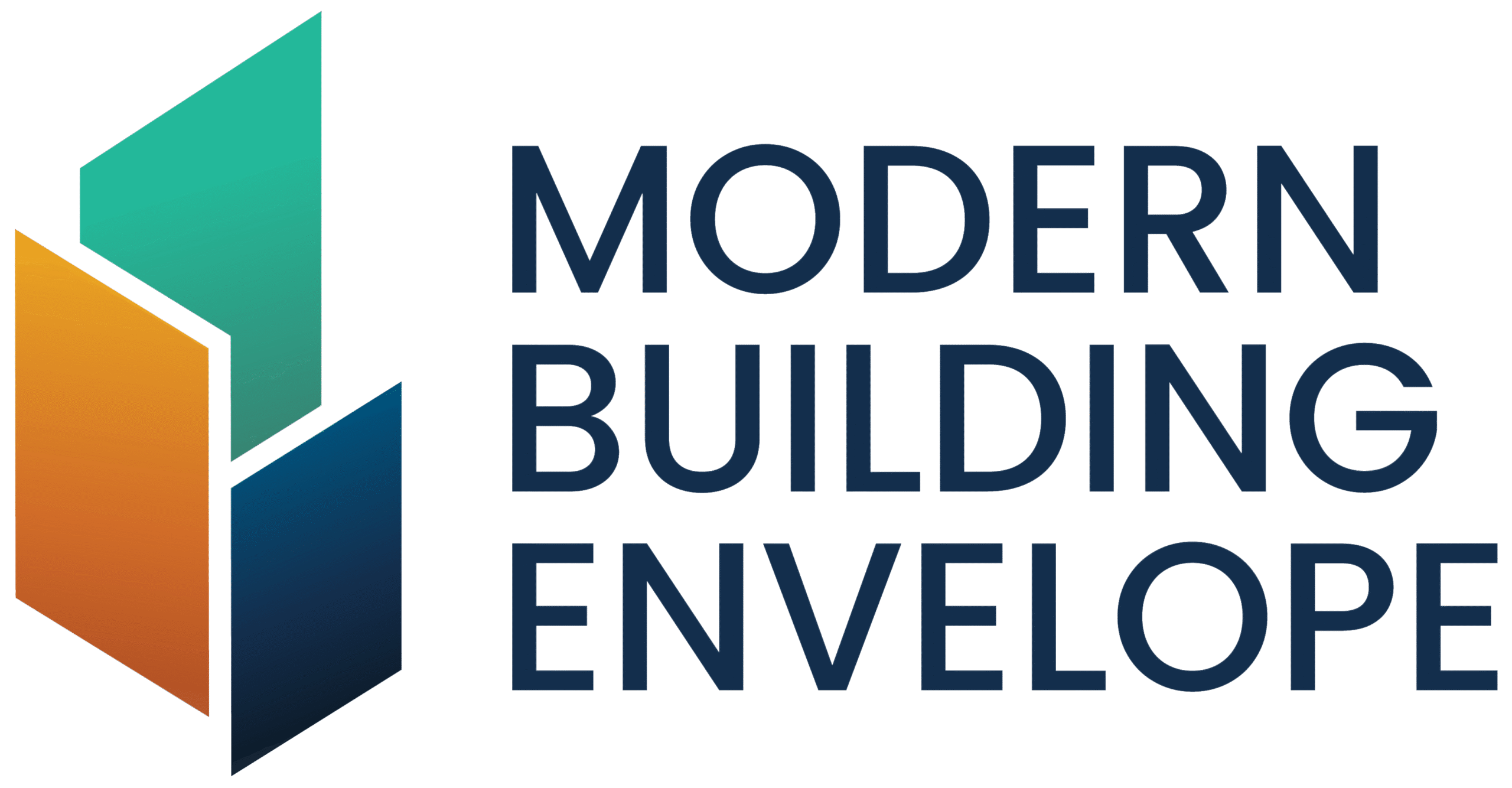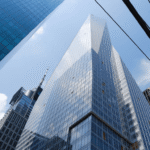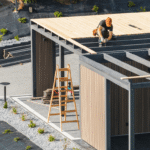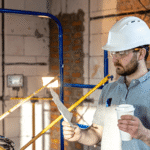Building safety has always been at the heart of good construction. As projects become larger, more complex, and more reliant on innovative materials, advanced testing methods have become essential for maintaining performance, durability, and compliance with modern safety codes.
These technologies not only prevent structural failures but also help create safer environments for occupants while supporting sustainability and efficiency.
The Evolving Nature of Building Safety
Traditional inspection methods once relied heavily on visual checks and manual reporting. While still valuable, they can no longer keep up with the precision and scale demanded by today’s construction projects.
Advancements in material science, data analytics, and automation have made testing faster, more accurate, and more comprehensive than ever before.
Modern safety testing now verifies everything from fire resistance and structural integrity to air quality and system performance ensuring that buildings perform exactly as designed.
Key Advanced Testing Methods in Construction
1. Non-Destructive Testing (NDT)
Non-destructive testing allows engineers to evaluate materials and structures without causing damage. Methods such as ultrasonic, radiographic, and magnetic particle testing detect cracks, voids, or weaknesses in concrete, steel, and composites.
This early detection prevents costly failures and extends the lifespan of structural components.
2. Structural Load Testing
Load testing evaluates how well floors, beams, and other structural elements bear weight under simulated conditions. Sensors measure deflection and stress levels to confirm that the design meets required safety limits.
3. Fire Resistance and Thermal Testing
Advanced fire testing measures how materials and assemblies respond to heat and flames over time. These results are vital for ensuring compliance with fire codes and for selecting materials that delay heat transfer, giving occupants more time to evacuate safely.
4. Environmental and Air Quality Testing
Indoor air quality directly affects occupant health. Testing for VOC emissions, particulate matter, and moisture levels ensures compliance with environmental standards and supports healthier indoor spaces.
5. Digital Monitoring and Sensor-Based Testing
IoT-enabled sensors collect real-time data during and after construction. These devices monitor factors like vibration, humidity, and temperature to identify potential risks early.
Data from these systems feeds into Building Information Modeling (BIM) and predictive maintenance tools to enhance long-term building safety.
How Technology Is Redefining Safety Assurance
AI and machine learning are now part of safety evaluation workflows. These systems analyze large data sets to detect patterns that human inspectors might overlook.
Drones and 3D scanners are used for façade inspections and high-rise assessments, reducing the need for risky manual work at height.
Automation also allows for continuous testing, meaning buildings can be monitored throughout their operational life, not just during construction.
Benefits of Advanced Testing for Modern Projects
Improved Accuracy: Data-driven tools deliver precise results with minimal error.
Risk Reduction: Early detection of defects prevents failures and safety hazards.
Cost Savings: Preventive testing reduces rework and maintenance costs.
Regulatory Compliance: Helps ensure adherence to local and international safety standards.
Sustainability Support: Verifies that materials and systems meet green building requirements.
The Future of Building Safety Testing
As the industry continues to innovate, safety testing will increasingly rely on automation, robotics, and digital twins to simulate performance under real-world conditions.
Future buildings may include self-reporting components that alert maintenance teams when performance drops, helping extend structural life and maintain safety benchmarks.
By embracing these innovations, the construction industry moves closer to achieving its ultimate goal—safe, efficient, and sustainable buildings that endure for generations.
Image Credits: Freepik












